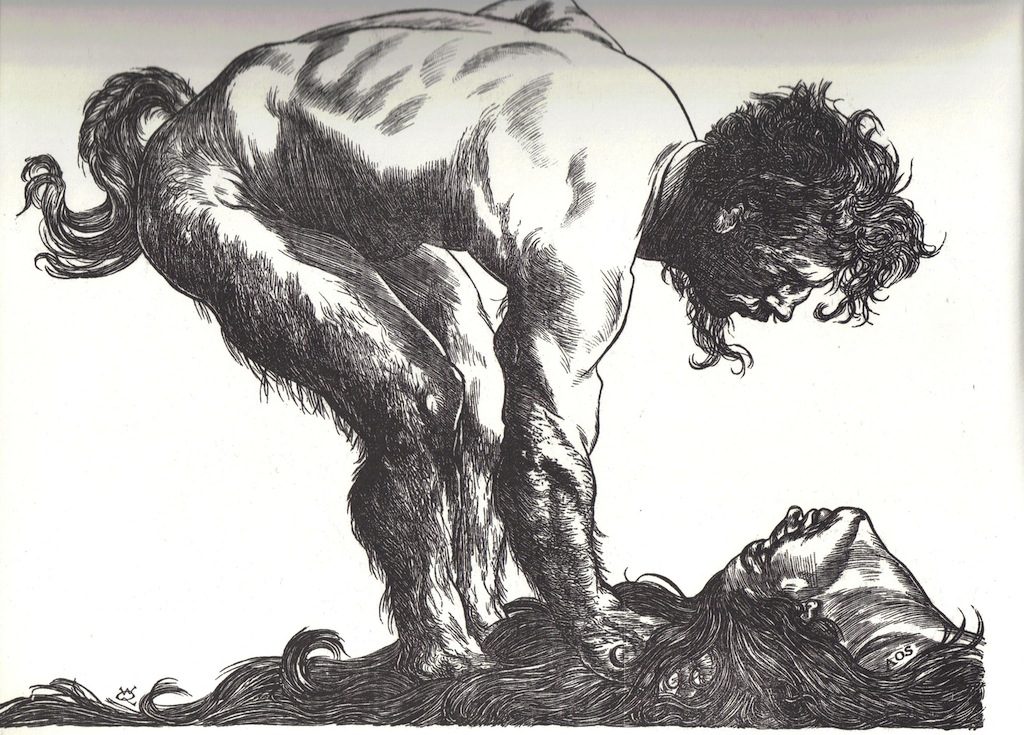When Alfonso X commissioned his Estoria de Espanna, he expected the history to cover the whole of Spain’s existence. That didn’t just mean the major events that took place on Spanish soil: it also meant a detailed explanation of the empires into which Spain was incorporated. Perhaps the most important civilisation to ever rule Spain was that of the Romans. Large sections of the Estoria relate to the history of the Roman Empire, including its rise and fall. One such narrative explains the attacks against Rome far beyond Spain – from the Huns, a people migrating westward from the Black Sea. The Huns, we are told, are a people descended from sorceresses and strange creatures from the mountains and deserts…

Around 400 A.D. the Western Roman Empire was being challenged from all angles. Britain, France, Italy and Spain came under attack from Barbarians from the North and East. These raiders consisted of many different Gothic and Germanic peoples: Saxons, Jutes, Franks, Vandals, Sueves, Visigoths and Ostrogoths. The Huns (later ruled by the famous warrior king Attila the Hun) came raiding from even further afield. Alfonso X thought it was important to include the details of these invaders who contributed to the collapse of the Western Roman Empire. The description of the ancestors of the Huns is particularly remarkable.
Long ago in the lands surrounding the Black Sea, the Gothic king Philimer is said to have found witches living among his people. The king was afraid they would cast spells and bring harm to his kingdom, so he cast them out into the mountains and wastelands. There the witches found strange men: satyrs and fauns – creatures that were half man and half beast. The witches bred them and gave birth to hybrid children. The description of these hybrids is extraordinary. They hardly looked human: their faces were terrifyingly deformed with tiny eyes and wild frizzy hair. But were strong and broad-shouldered, and came to be skilled archers and horsemen. These wild hybrids from the Black Sea went on to conquer other peoples, and built the empire of the Huns. As they interbred, they slowly lost their freakish aspect and started to look more human.
The Huns expanded into central Asia and Europe, eventually reaching France. These were a people from extremely far afield, from the wilds of Ukraine and Russia. The Estoria de Espanna and another important Iberian chronicle, the Historia Hugnorum by Rodrigo Jimenez de Rada, saw these mythical origins of the Huns as important details to record in history. It is quite understandable that such imaginative legends would continue to be quoted: for many centuries medieval historians had written about fauns and satyrs – Saint Antony of Egypt was said to have met a satyr in the desert. The infinite imagination of the Medievals can once again be glimpsed in the Estoria.
